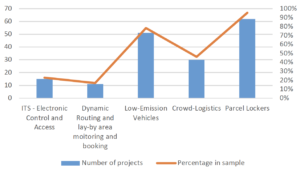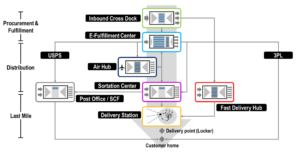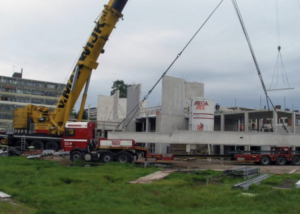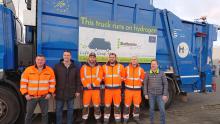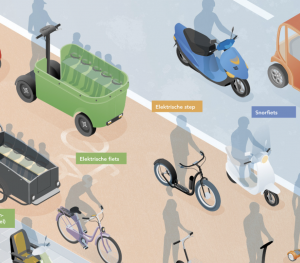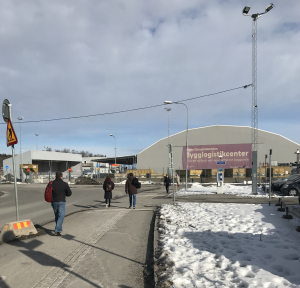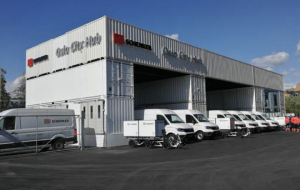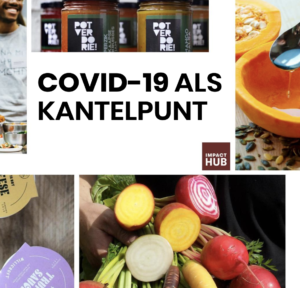Characterizing urban last-mile distribution strategies in e-commerce markets

E-retailers and other companies participating in the e-commerce supply chain are developing a variety of strategies for last-mile e-commerce distribution in urban areas. These strategies must account for a number of elements of local context which can be particularly challenging in emerging markets. Urban last-mile distribution strategies that are specifically tailored to these markets are …


